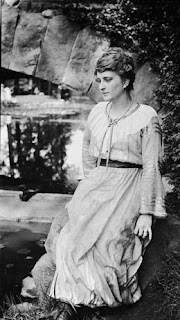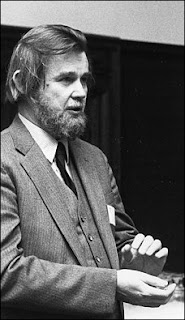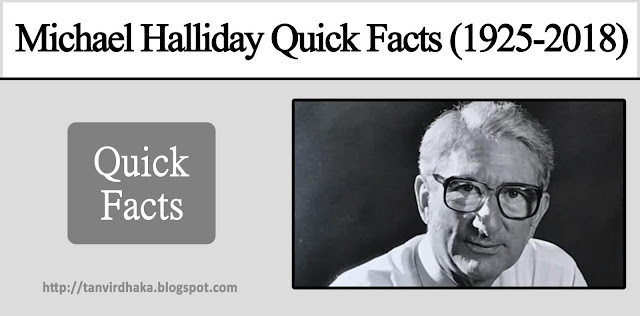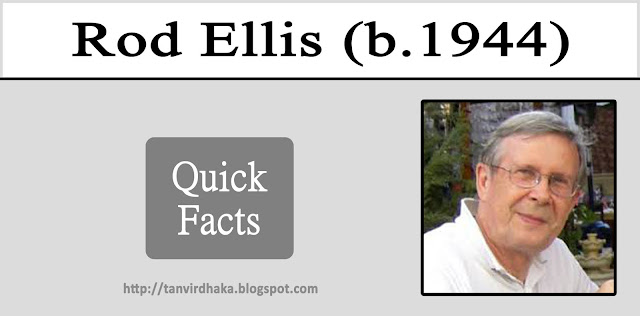Wallace Stevens was a major American poet of the 20th Century and an important member of the modernist movement in poetry.
Profile
- Birth Name: Wallace Stevens
- Pseudonym: Peter Parasol
- Date of Birth: October 2, 1879
- Place of Birth: Reading, Pennsylvania, United States of America
- Zodiac Sign: Libra
- Date of Death: August 2, 1955
- Height: 6 ft 2 in
- Died at Age: 75
- Place of Death: Hartford, Connecticut, United States of America
- Place of Burial: Cedar Hill Cemetery, Hartford, Connecticut, United States of America
- Cause of Death: Stomach Cancer
- Ethnicity: White
- Nationality: American
- Father: Garrett Barcalow Stevens (1848-1911)
- Mother: Margaretha Catharine Zeller (1850-1912)
- Siblings:
- Eldest Brother: Garrett Barcalow Stevens (1877-1937)
- Younger Brother: John Bergen Stevens (1880-1940)
- Younger Sister: Elizabeth (Stevens) McFarland (1885-1943)
- Youngest Sister: Mary Catharine Stevens (1889-1919)
- Spouse: Elsie Viola (Moll) Stevens (m. 1909–1955)(b. 1886–d. 1963)
- Children:
- Daughter: Holly Bright Stevens (1924–1992)
- Alma Mater: Harvard University, New York Law School
- Wallace Stevens is known for: (a) contrasting the harshness of modern industrialized life with the magnificence of nature (b)employing superior diction and dignified rhythms.
- Wallace Stevens is criticized for: being too abstract and philosophical.
- Wallace Stevens was influenced by: Charles Baudelaire, Stéphane Mallarmé, Jules Laforgue, and Walt Whitman.
- Wallace Stevens’ works inspired: James Merrill, Donald Justice, John Ashbery, Mark Strand, and John Hollander.
- Literary Movement: Modernism
- Awards:
- Bollingen Prize for Poetry (1949)
- National Book Award for Poetry (1951, 1955)
- Frost Medal (1951)
- Pulitzer Prize for Poetry (1955)
Quotes
"Out of this same light, out of the central mind,
We make a dwelling in the evening air,
In which being there together is enough.”
- Steven Wallace, Final Soliloquy of the Interior Paramour
Major Works
Poetry- Harmonium (1923)
- Ideas of Order (1936)
- Owl's Clover (1936)
- The Man with the Blue Guitar (1937)
- Parts of a World (1942)
- Transport to Summer (1947)
- Auroras of Autumn (1950)
- Collected Poems (1954)
- Opus Posthumous (1957)
- The Palm at the End of the Mind (1972)
- Collected Poetry and Prose (1997)
- The Necessary Angel (essays) (1951)
- Letters of Wallace Stevens, edited by Holly Stevens (1966)
Did You Know?
- Stevens was the second of five children born to Garrett Barcalow Stevens, a successful lawyer and Margaretha Catharine Zeller, a former school teacher.
- It took him seven years to complete his first book of poetry, Harmonium which was published in 1923.
- Although Harmonium is now considered as a seminal work in modern poetry, the volume of its sale was insignificant.
- During his early twenties, he had a short love affair with Sybil Gage Weddle, a beautiful and intellectual young lady with pleasing personality. She is a woman who he memorized for the rest of the life.
- He espoused Elsie Kachel, a beautiful, lower class, ill-educated, and intellectually apathetic woman against his family’s approval. None from his family attended the wedding.
- After encountering opposition against his marriage, Stevens ceased speaking to his father for the rest of his life.
- The marriage was unhappy as Elsie gradually created a gulf between herself and Stevens after the birth of Holly, their only daughter. The couple, however, never divorced.
- Holly edited her father's letters which was published as Letters of Wallace Stevens in 1966.
- His 1954 book, Collected Poems won both a National Book Award and the Pulitzer Prize.
- Despite being a contemporary of modernist poets, such as T.S. Eliot, Ezra Pound, and William Carlos Williams, Wallace never joined the intellectual circle.
- Stevens enrolled in Harvard as an undergraduate student in 1897 but left the university in 1900 without accomplishing a degree.
- He graduated in law in 1903 from New York Law School and was admitted to the U.S. Bar in 1904.
- He practiced law in different law firms until 1916.
- In 1916, Stevens took a position at Hartford Accident and Indemnity Company. In 1932 he was appointed Vice President of the company and served there until his demise.
- Wallace Stevens won the Pulitzer Prize for Poetry in 1955, the year of his death.





































